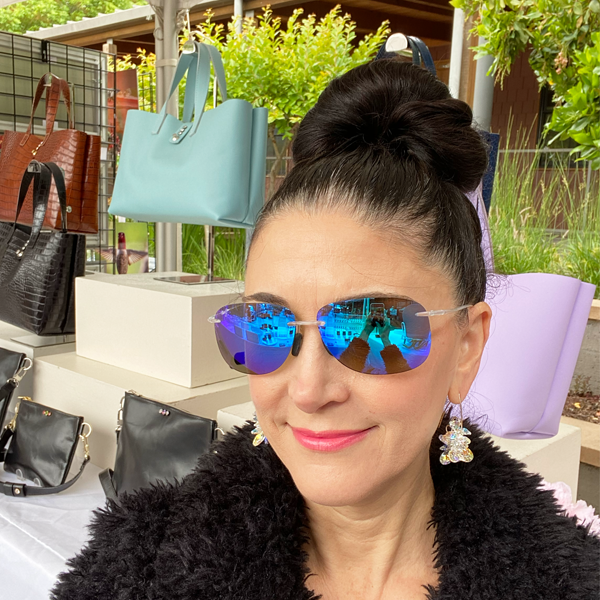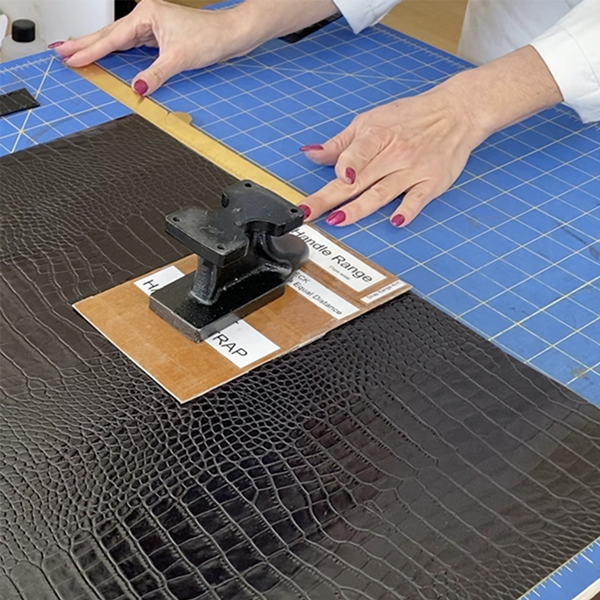20 Facts About Tourmaline Gemstones

Tourmaline gemstones in colors pink, green and yellow.
Tourmalines are known for their eye catching shapes and attractive colors. If you are a gemstone enthusiast or want to learn more about the tourmaline gemstone checkout these 20 intriguing facts below.
20 Facts About Tourmaline Gemstones
- Tourmalines come in an array of beautiful colors: black, blue, green, pink, red, yellow, purple, and multi-colored stones. They are often referred to names such as a watermelon tourmaline which has a pink center with green rim.
- Tourmalines with colors yellow, brown, black, greenish black, dark red, pale blueish green to emerald green and colorless are called Dravite tourmalines.
- There are six types of tourmaline: 1) Schorl a black which is the most common. 2) Elbaite a colorful gem variety which includes pink, green and blue. 3) Rubellite a vivid pink to red color. 4) Indicolite a blue color. 5) Paraíba Tourmaline a neon blue/green due to copper in the stone which is rare and highly valuable. 6) Watermelon Tourmaline a pink core with green outer rim.
- Tourmalines are found in Brazil, Afghanistan, Pakistan, Madagascar, Nigeria, Mozambique, and the United States - California and Maine.
- A tourmaline gemstone chemical composition is a complex borosilicate mineral with varying amounts of aluminum, iron, magnesium, sodium, lithium, or potassium. The formula for a tourmaline is XY3Z6(BO3)3Si6O18(OH)4) — with different elements giving rise to different colors.
- Tourmaline gemstones are rated a 7-7.5 on the Mohs scale which defines a gemstones durability based on a scale called the Mohs hardness scale. Because of their durability tourmalines are excellent jewelry stones for everyday wear.
- Tourmalines can become electrically charged when heated or compressed.
- The average cost of a one carat tourmaline is $2,522.00 The value of an aquamarine is measured by the " Four Cs" of gemstone grading standing for color, clarity, cut, and carat.
- A tourmaline is a semi-precious gemstone.
- A tourmaline is the modern birthstone for the month of October. More about Birthstone Colors & Meanings.
- A tourmaline is believed to promote emotional healing, calm, protection and balance. Each tourmaline gemstone color is associated with different energies such as black for grounding, pink for love and green for abundance.
- To clean tourmalines use warm water and mild soap for safety. Avoid using extreme heat. Avoid ultrasonic and steam cleaners. Also, steer clear of cleaning products with ammonia or alcohol.
- Some tourmalines are heat-treated or irradiated to enhance color. During the heating process it intensifies the pinks and red colors in the stone. The irradiation intensifies the pink in some green gemstones.
- Since tourmalines grow in long prismatic crystals they are cut into elongated rectangular or emerald cut gemstones. This retains their weight and chances their beautiful colors. More about Gemstone Cutting Styles.
- Distinguishing specific tourmaline species often requires advanced gemological tests such as laser ablation-inductively coupled plasma-mass spectrometry (LA-ICP-MS). This test is an analytical technique that uses direct micro-scale sampling to provide high precision elemental and stable isotope analyses of solid materials.
- The Paraíba Tourmaline discovered in the 1980's is often more expensive than diamonds due to its rarity. It is a colorful neon blue-green hue. This color is due to copper and manganese content in the gemstone. This type of tourmaline can cost $10,000 per carat and upwards.
- Tourmalines are prone to thermal shock therefore avoid sudden temperature changes.
- Tourmaline gemstones shows different colors from different angles which his called pleochroism.
- The "Ethereal Carolina Divine Paraiba" weighing 191.87-carats is the largest tourmaline ever recorded. It is worth between $25 million and $125 million.
-
A tourmaline gemstone represents the traditional eighth anniversary gift. For more on this topic see Anniversary Jewelry and Gemstone Guide.

Emerald Cut Pink Tourmaline

Facts About Spinel Gemstones
25 Facts About Diamonds | Diamond Grading System
10 Interesting Facts About The Amethyst Gemstone
10 Facts About The Peridot Birthstone
Interesting Facts About Ruby Gemstones
15 Facts About Sapphire Gemstones
12 Facts About Akoya Pearls
How to Care for Pearl Jewelry - 14 Tips
Tell Me About OpalsThe History Behind a Topaz Gemstone25 Facts About Gemstones







Leave a comment